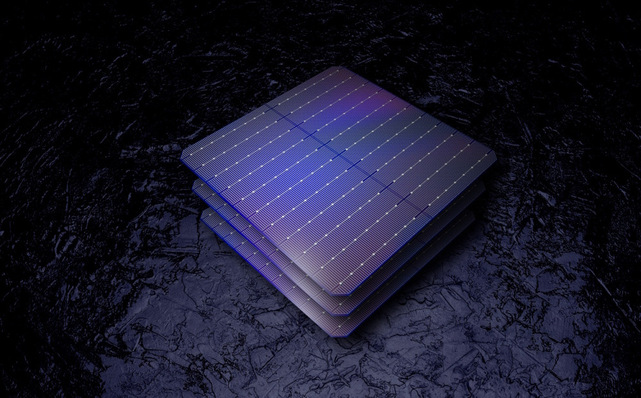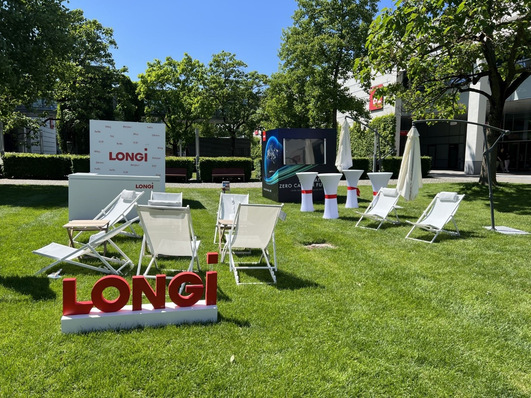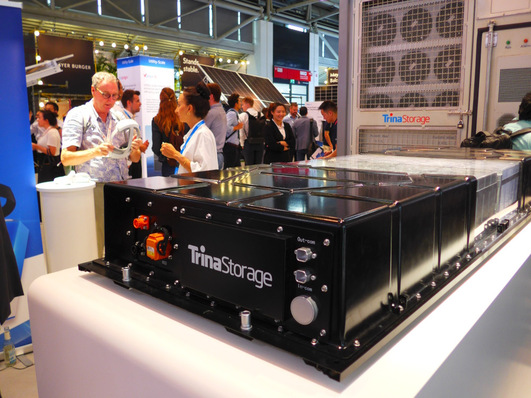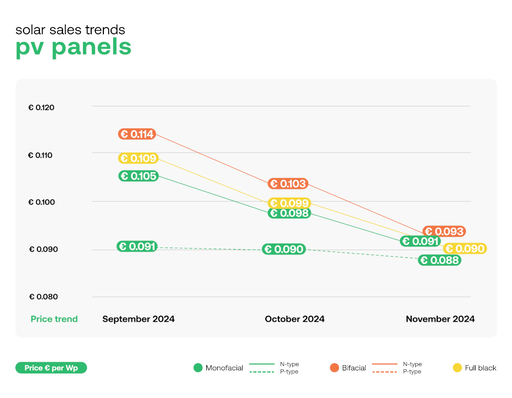Sharp used to be one of the pioneers in photovoltaics. In recent years, very little has been heard from this solar panel producer. Is Sharp now making more of a name for itself again in the solar sector?
Peter Thiele: Just like any other market participant, we went through a bit of a sticky patch. Add to that trouble with our parent company which, however, has since been sorted out by new investors. In 2014, we had to close our panel factory in Wrexham. Since then, we have been supplied with panels from the factory in Sakai and from OEMs in other regions of Asia.
What solar panels does Sharp Electronics currently have for sale in Europe?
We offer 60-cell solar panels, poly- and monocrystalline, up to 300 watts. These are tried and tested, and our reputation as a supplier with many years of experience in solar panels also helps us here. In late 2016, we introduced another panel that has already been very successful in Japan: Since then, the 256-watt NQ-R256A was only produced for the Japanese market. Now it is also available in Europe.
How many cells does the NQ-R256A have?
Although this panel has only 48 monocrystalline cells, it is very efficient. It achieves as much as 19.8 percent efficiency, thanks to the back-contact technology by Sharp which increases the usable surface area.
What exactly does that mean?
In conventional solar cells, the electrical contacts are on the front where they shade the cells, leaving about six percent of the incoming solar radiation unused. With the back-contact technology, they go to the back of the cells, reducing the losses to three percent: a 50 percent improvement.
So the solar panels no longer have busbars that could get in the way?
That is why the panels have a uniform black look: The cells are not crisscrossed by busbars. This compact and lightweight 48-cell panel is easy to handle and can be mounted either vertically or horizontally. Furthermore, it has a frame with two additional crossbars and was tested to withstand a snow load of 5,400 Pascal.
How was it received on the European market?
As of December, demand has taken off. Our goal is to sell up to 100 megawatts in Europe, to private as well as commercial customers. Distribution goes directly through installing companies. The idea is for them to make better use of their customers’ roof area, which is less complicated using smaller panels compared to the standard 60-cell models.
So a solar panel geared towards self-consumption solutions?
Exactly. We are thinking in terms of systems. Currently, we are working on our own storage units that are in preparation together with partner companies. Back in the days, we were among the first partners of Senec in Liepzig and Samsung in South Korea. Distribution of our storage units will then also happen directly to installing companies.
Are you also getting involved in power electronics?
Probably not. But we have developed an energy management system called Smart Chap. This platform is generally open to any hardware. You can basically connect any battery or battery inverter to it. Also, this system can be scaled up, i.e. for use by (municipal) utilities. The Smart Chap – and it is one – takes the growing complexity of systems into account. Furthermore, there are additional functions and services: The Smart Chap makes it possible to influence load profiles or incorporate heat pumps, to name just a few examples.
Interviewed by Heiko Schwarzburger.
Read more about solar modules
Stay informed, get our free newsletter twice a week. Register here: http://www.pveurope.eu/Newsletter
Related news:
http://www.pveurope.eu/Products/Solar-Generator/Solar-modules







